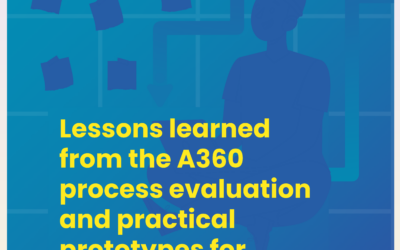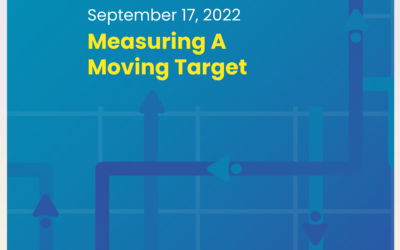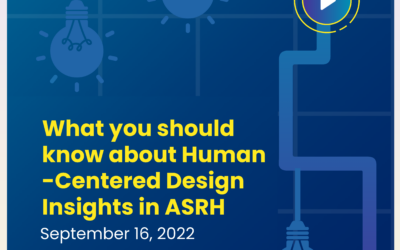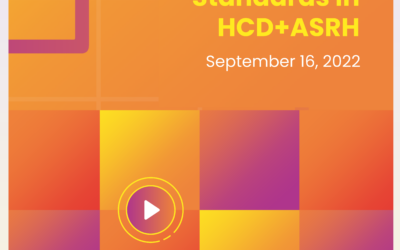Purpose
Presenters
Dr. Katindi Sivi
Founder and Lead Consultant, Longview Consult
Sylvia Wamugi Obaga
Deputy Director, Advocacy, Communications and Strategic Partnerships, Y-ACT
Dr. Ginette Hounkanrin
Senior Technical Advisor for Youth, Pathfinder International
The role of scenario building in tackling persistent SRH issues for adolescents and young people – Dr. Katindi Sivi
Insights
- Foresight and futures thinking analyzes potential scenarios and strategies how to act or govern in the present
- Using futures thinking and involving young people in SRH policy improves the entire process from framing the problem, formulation, adoption, and implementation, to monitoring and evaluation
- Looks ahead to what current problems will look like in the future and who the key stakeholders will be, fosters preparedness for different eventualities and improves decision making.
Aligning youth SRHR priorities in policy processes: an exploration of Y-ACT’s MYE scorecard – Sylvia Wamugi Obaga
Insights
- Meaningful youth engagement (MYE) is about “having youth counted as leaders and stakeholders rather than just as beneficiaries” and “giving youth a platform to voice their ideas and thoughts on policy”
- MYE as a strategy: involving youth in technical working groups and other decision-making spaces
- MYE as an accountability approach: scorecard to assign scores to MYE approaches in policy-making processes
Challenging assumptions on AYRH in partnership with West and Central African youth – Dr. Ginette Hounkanrin
Insights
- This issue isn’t new it is about finding new solutions to old problems
Two assumptions that the Beyond Bias and (re)solve projects challenged through its work. - Youth are always ready and happy to engage with technology, so collecting feedback through mobile phones is a viable and cost-effective option
“Youth doesn’t exist in isolation from other populations, it is a transition phase. Meaningful youth engagement (MYE) does not exclude others. In combination with human-centered design, MYE helps us to design interventions that are suitable for everyone.”
Key Points
- Using futures thinking and involving young people in SRH policy improves the entire process from framing the problem, formulation, adoption, and implementation, to monitoring and evaluation
- Decision-makers define meaningful youth engagement differently than many practitioners understand it; we need to come to a mutual understanding around what it looks like before we can achieve it
- We need to challenge our assumptions about young people’s behavior and involve them in designing solutions to issues that affect them
- All adolescents are not the same and we need to respond to the needs of the users. That is why youth-centered and human-centered design is instrumental
Follow-up Questions
- What is the response to gender discrimination in MYE, and how can you control for its effects?
- Did you encounter any assumptions or concerns from youth in relation to HIV and pregnancy?
- What are the gaps in evidence around the ability to measure MYE practices?
- There seems to be an emphasis on female roles in sexual decision-making. What are the roles of male partners for sexual decision-making accountability and responsibility?
- MYE and visibility in policy processes still remains a huge barrier to effective SRH programming, exacerbating the challenges young people continue to face.
- How might we address inclusive and visible participation of young people in policy processes, from design to implementation?
- What is the evidence base for projections on SRH aspects (e.g. dates of STIs from youth casual sex)?




